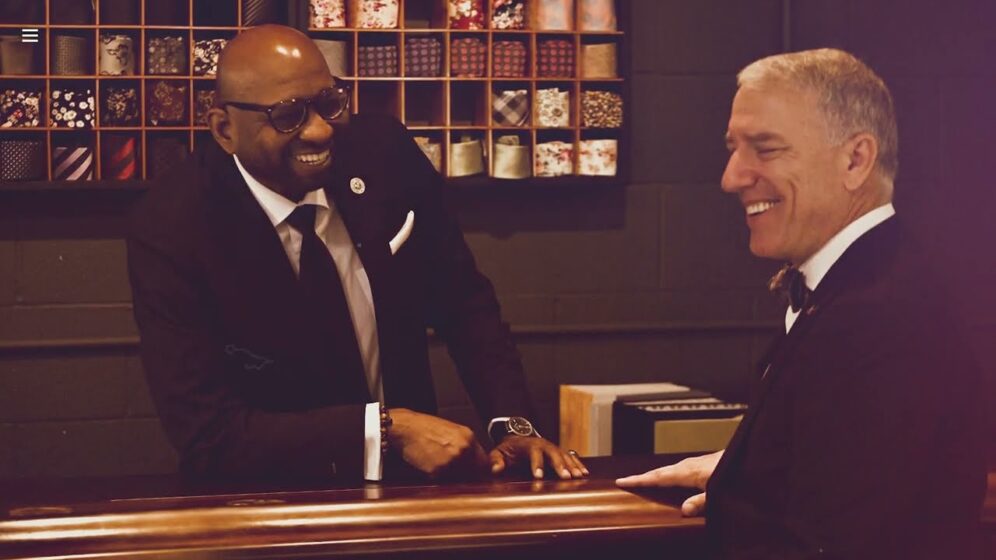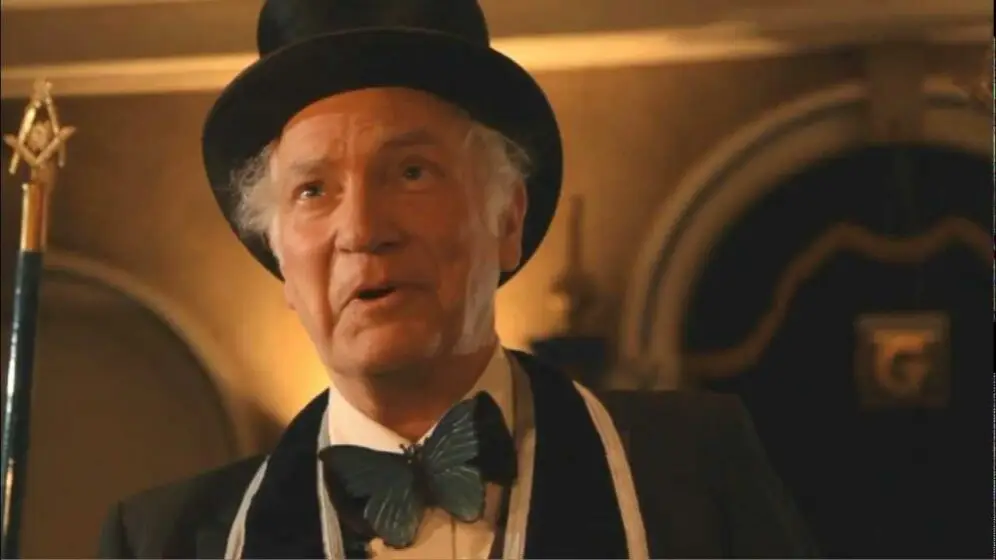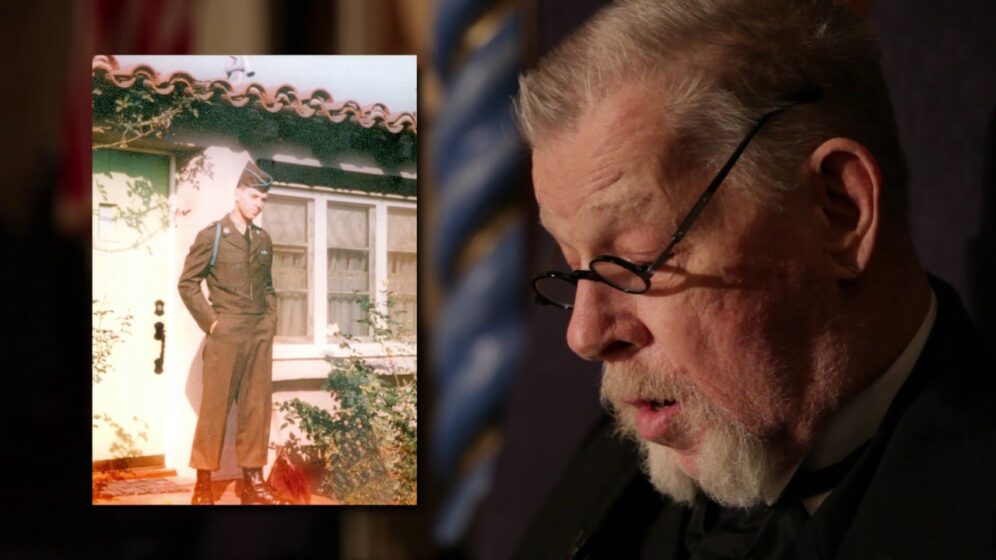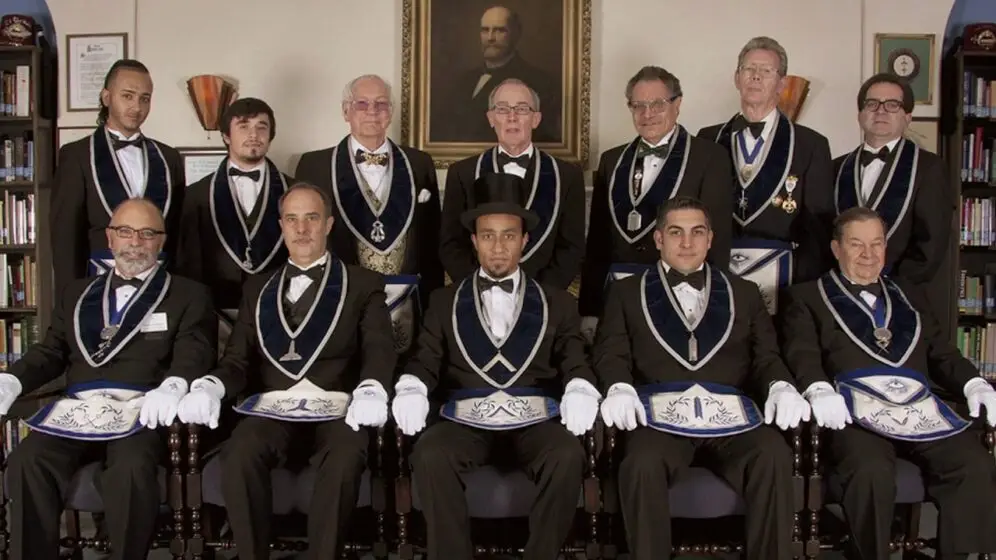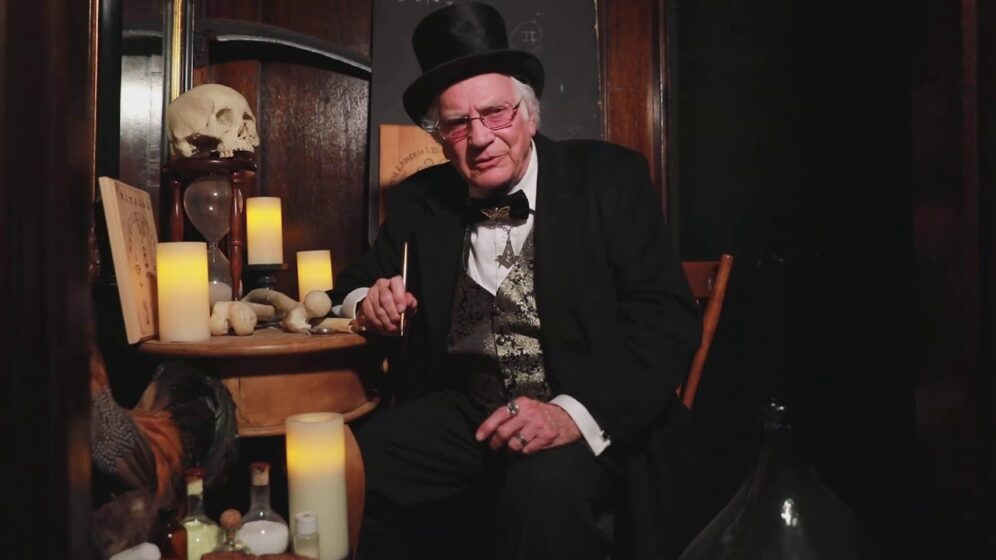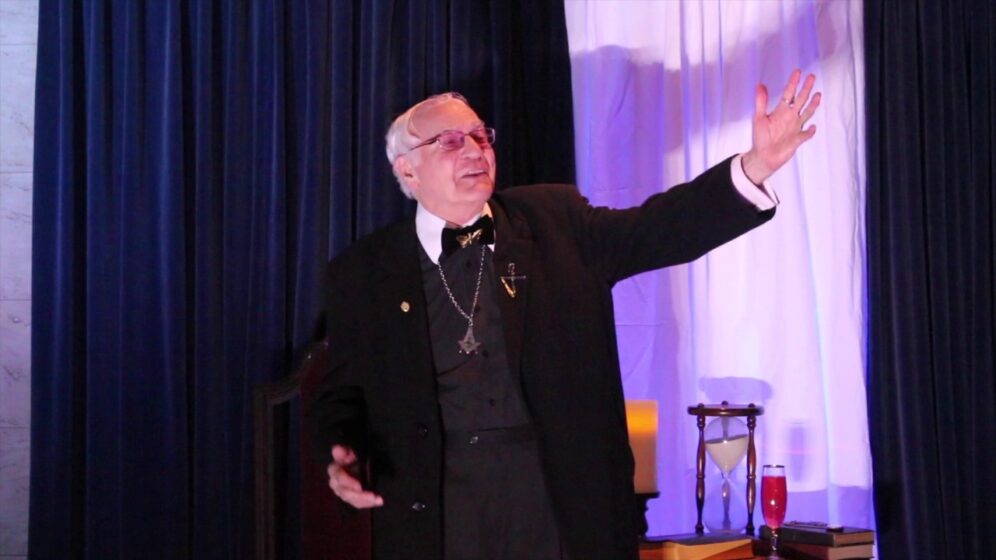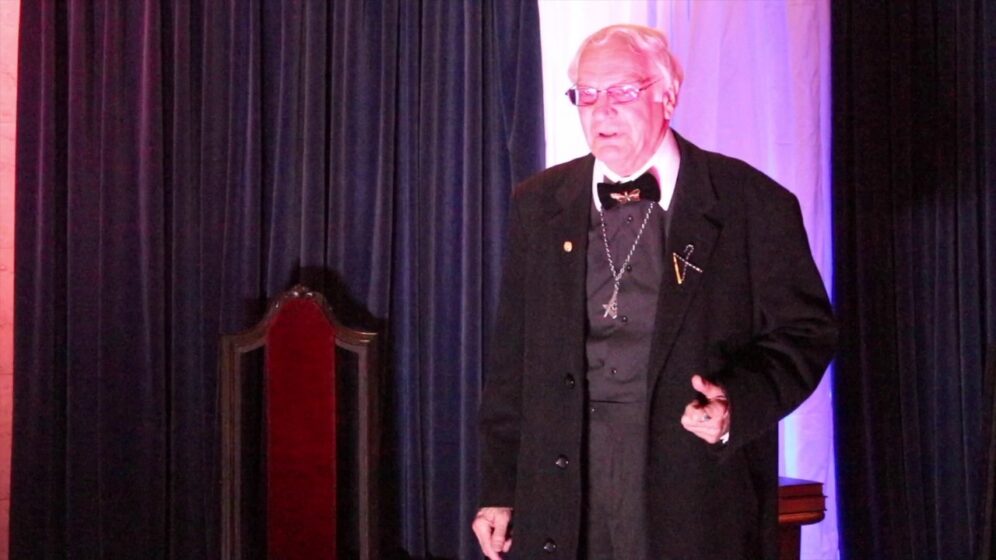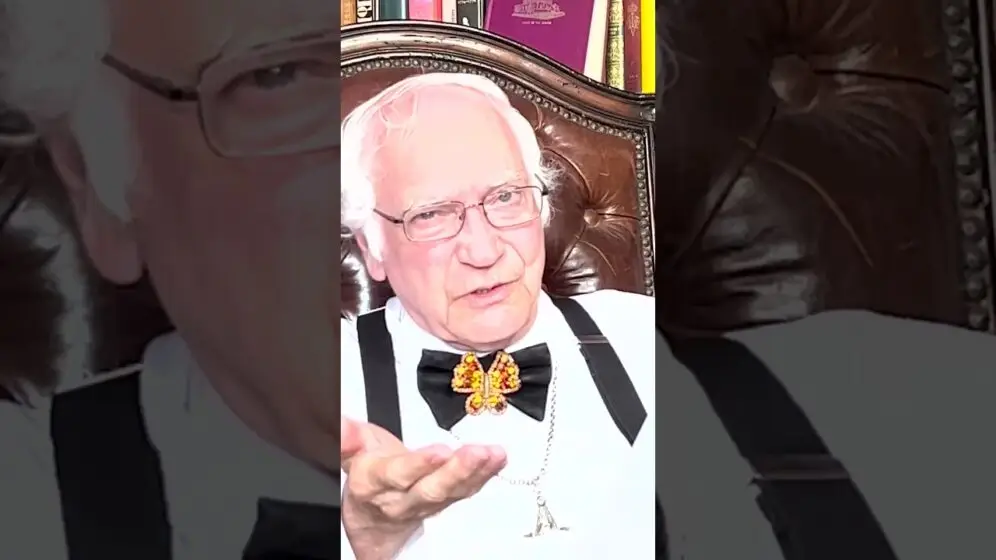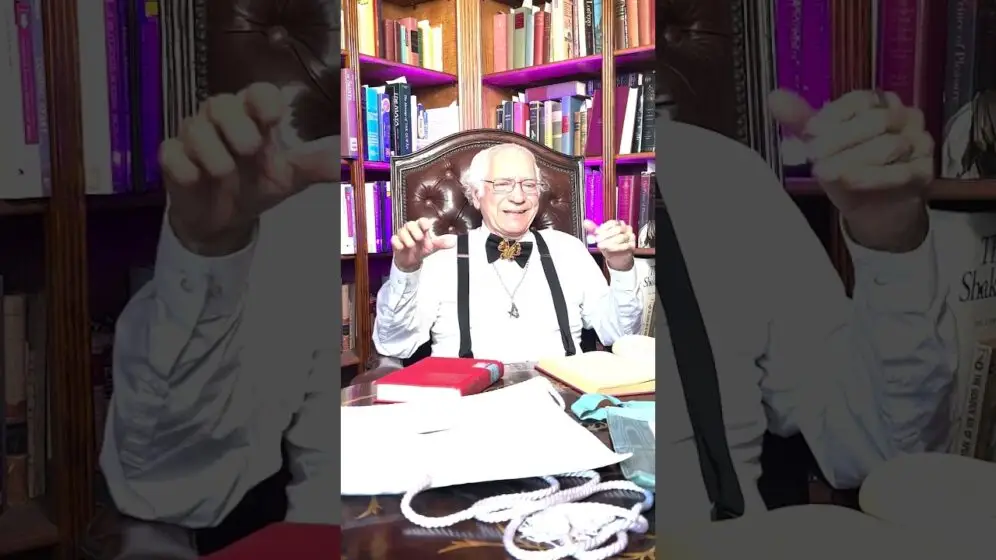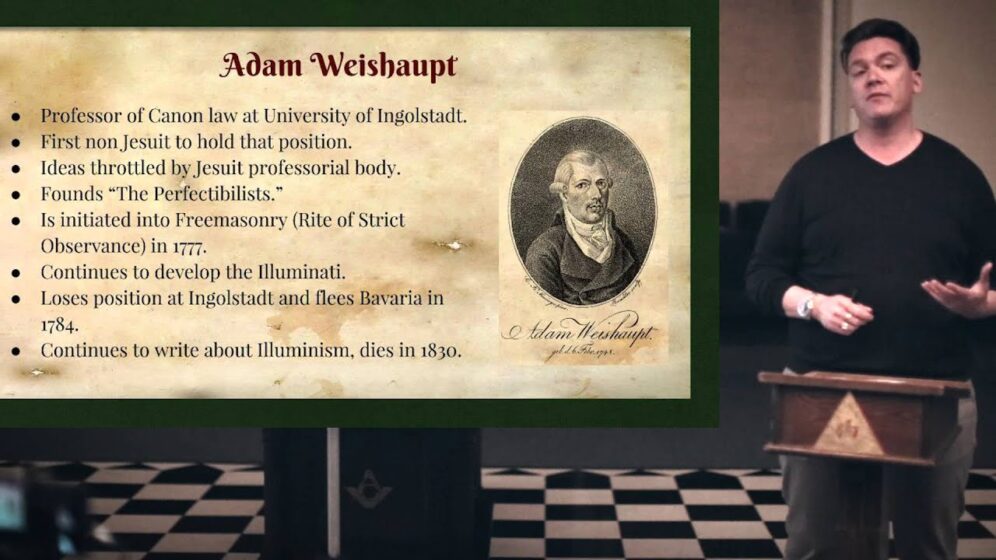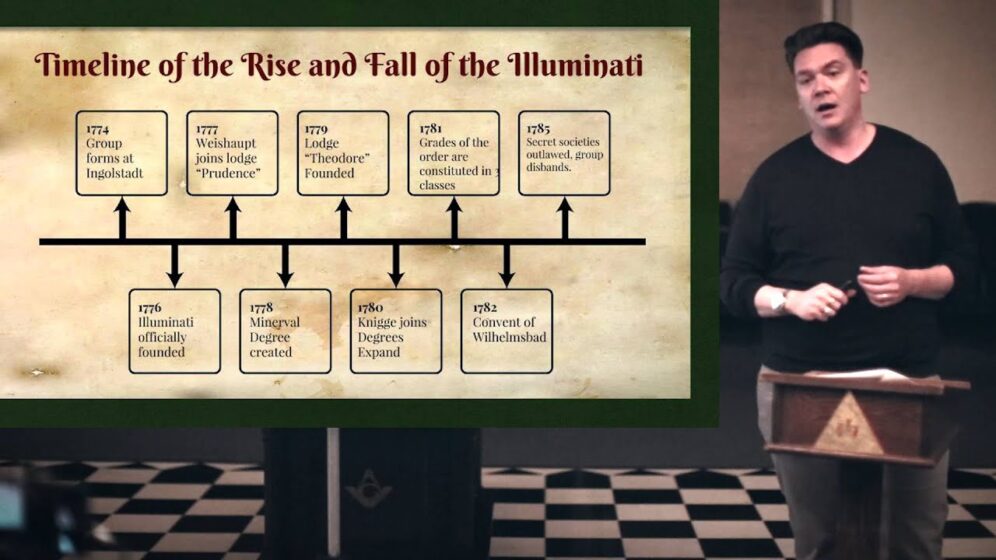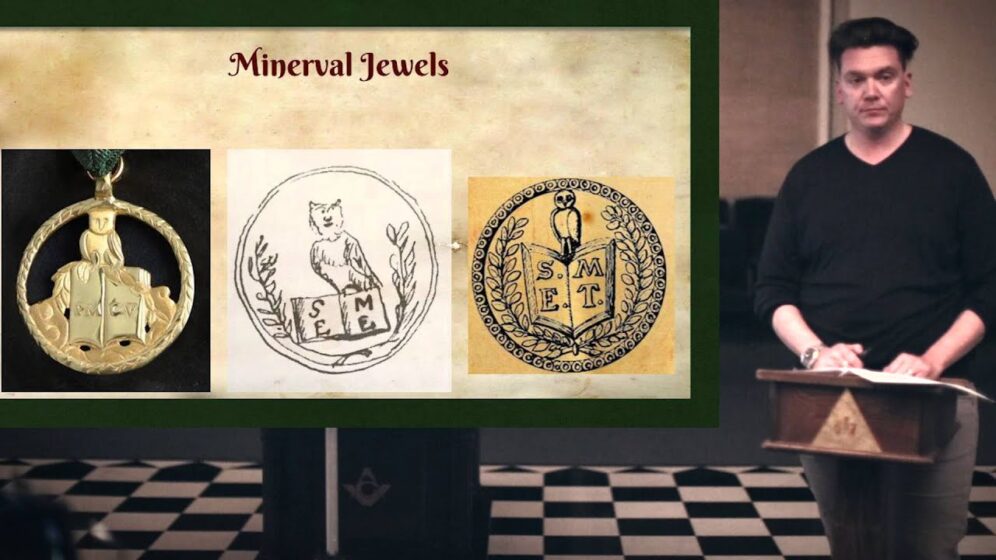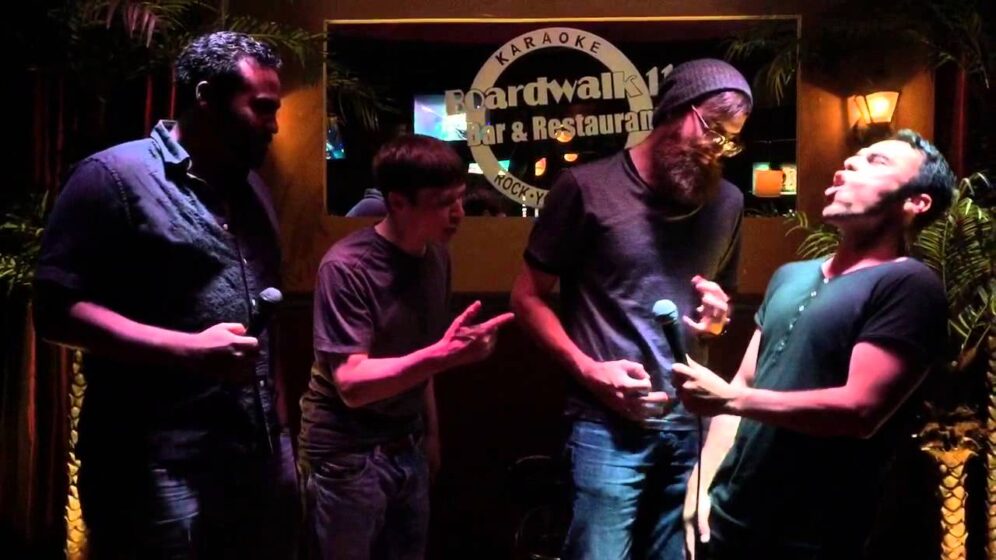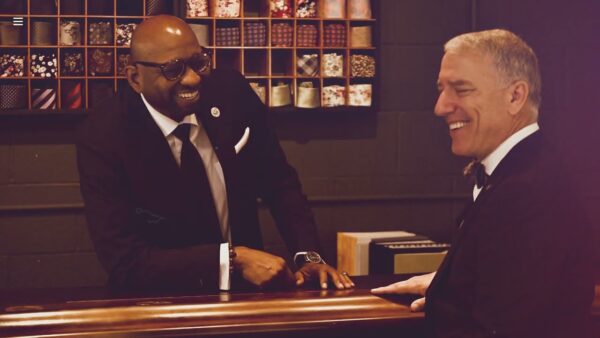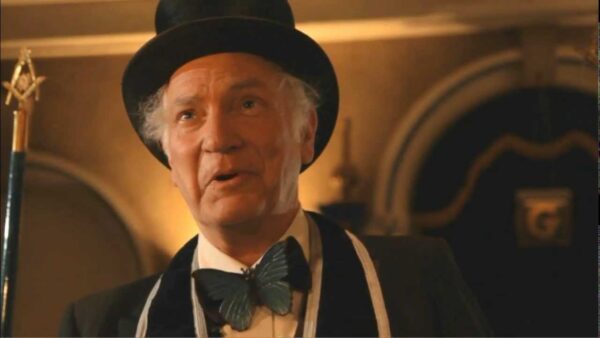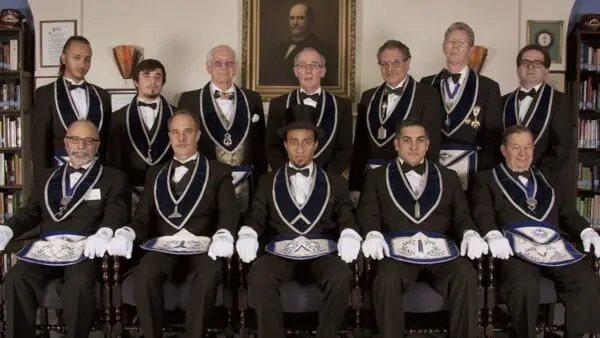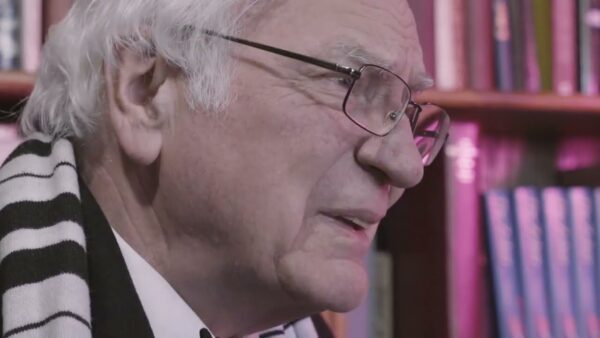The Oculists and the Copiale Cipher by Bryan Godwin, Tiler #ccmasons
Ciphers, cryptography, secret codes, modes of recognition; these are all some of the more fascinating and genuinely hidden parts of the Masonic tradition. Indeed, much information and misinformation surrounding our fraternity has stemmed from our use of ciphers to communicate and keep record of our ritual. Freemasons of course are not the only group or society that has used this method of written obfuscation throughout history. Many cryptographic codes and ciphers have eluded translation through the centuries, having lost the necessary oral tradition that is often the key to translating these seemingly obscure texts.
One such complex example is the “Copiale Manuscript”. This is a tome consisting of 75,000 words, spread over 105 pages or leaves (photographic examples are shown at the conclusion of this article). It is filled with abstract symbols, and characters that appear to be Greek, and Roman. In addition to the ciphered text, the book ends with the plain text; “Copiales 3” and “Philipp 1866” written in the cover. Other than alluding to an owner of the book, and “Copiales” loosely translating to “copy #3” there were no other clues to the code. Discovered in an East German library around 1970, the Copiale cipher had puzzled many cryptographers over the last four decades, and was considered unbreakable, or even a hoax.
In spring of 2011 two cryptographers, Kevin Knight, a local USC specialist in machine translation, and Swedish scientist, Christiane Schaefer, met at a conference on computer learning. Schaefer had received the manuscript some years earlier from a friend as something of a challenge, but like those before her, she had no luck in extracting its secrets. Seeing Knight’s passion for cryptography and his unique approach to the computer based learning of symbols and languages, Schaefer slipped Knight a copy of the Copiale Cipher, along with the note “Here comes the top-secret manuscript!!” “It seemed more suitable for long dark Swedish winter nights than for sunny California days!”
Knight got to work. First, he began the painstaking work of transcribing the key symbols by hand into a format that a computer could read. Next, the machines got to work applying his algorithm. Eventually, as he continued to hand transcribe the first 16 pages of the tome into his software, some patterns began to emerge. Finding 10 unique character clusters that repeated through these pages, Knight realized this was not a complex hoax; there was hope of a solution. He continued to work nights on the puzzle, writing down possible cracks in the cipher’s armor. Adding to the complexity, Knight didn’t know a lick of German, the likely language he was working to decipher. But that detail didn’t matter to the computers, or his algorithm.
On March 26th, Knight reviewed his work. The first phrase had revealed itself: “Der candidat antwortet”.
The biggest breakthrough was the realization that the Roman letters scattered throughout the manuscript were not actually meant to be translated. They were indicators of spaces or breaks between words, intended to throw the reader “off the scent.” With that piece of critical information, and one phrase, the brick wall of code began to crumble.
What was revealed was a substitution cipher. Not a “one to one” substitution, but rather a homophonic code. Each ciphertext character does represent a clear, plaintext character, but several glyphs or characters could represent the same word, or multiple words. Some singular ciphertext characters might even stand for an entire word. This may sound familiar to some readers of this column.
The apparent details of a secret society called “The Oculists” began to emerge. Seemingly, a fraternal, operative order focusing on the use of optical instruments and surgical procedures to represent ways of bringing “light” to a prospective member began to manifest. The following describes a section of the translation.
“The Master wears an amulet with a blue eye in the center. Before him, a candidate kneels in the candlelit room, surrounded by microscopes and surgical implements. The Master places a piece of paper in front of the candidate and orders him to put on a pair of eyeglasses. “Read.” says the Master. It is an impossible task. The page is blank. Told not to panic; there is hope for his vision to improve. The Master wipes the candidate’s eyes with a cloth and orders the surgery to commence. The members on the sidelines raise their candles high, and the master begins to pluck at the eyebrows of the candidate. “Try reading again.” The first page is replaced with another during the procedure, filled with text. Congratulations, my brother. Now you can see.”
This is just a small section of the translated ritual contained in the Copiale Cipher, possibly a glimpse at one of the many secret societies of the time, and their use of tools to educate their candidates in ways of their order.
Or perhaps there was something more… as most Masons know, even the words used in our ritual can be a bit of a cypher themselves. Words like “Tiler”, “Deacon”, “Trestleboard” or even “Worshipful” have profoundly different meanings in a Masonic ritual than they have to the average person. The team members that so skillfully decoded this cipher were not members of “The Oculists” or any other fraternal society. They didn’t even speak German… and particularly the Old High German that would have been spoken in the 1730’s. Ritual manuscripts are often used to communicate concepts that are only completely understood after having heard their contents communicated verbally; hence, the difficulty in the overall translation.
After reading the complete translation of the Oculist ritual, it was clear, even to me, that this was more than just some forgotten guild of eye doctors. Clear references to particularly styled staircases, columns, chalk and charcoal drawings, checkered floors with jagged edges, and specific details of columns abound in the translation. This was not just another fraternal order, but likely an offshoot of Freemasonry, or perhaps even a ritual designed by a Mason. This was certainly missed by the codebreakers who had no background in our ritual, and who certainly were without a background in early German Masonic rituals.
Fortunately Illustrious Arturo de Hoyos, 33°, and Grand Archivist of the Ancient and Accepted Scottish Rite of the Southern Jurisdiction, who just happens to have been reading 18th century German since the early 70’s, also noticed these similarities. Ill. Bro. de Hoyos suggests that if one starts to replace some of the translations such as “Eye Doctor” or “Oculist,” with “Maurer” the 18th century German word for “Mason” (which is still in use), a different picture is revealed. With this knowledge, it is possible that the Copiale manuscript is actually a blind of sorts, meant to hide the contents of an older Masonic ritual to evade the prying eyes of anti-Masonic governments. Blinds have been used throughout history by Masons, Rosicrucians, Alchemists and members many other traditions who have endeavored to keep the deeper meanings of their writing hidden, adding to the complex problem of tracing our fraternity’s history and heritage.
The hidden meaning behind the hidden meaning is a theme throughout our ritual, and is exactly what we mean by “esoteric”. The Copiale manuscript is an amazing example of how we can peel back layers and layers of these historic and esoteric documents to reveal deeper truths.
Even to cryptographic experts and Masons alike, not all is what it seems to the naked eye.
Fraternally,
Brother Bryan Godwin
#ccmasons
